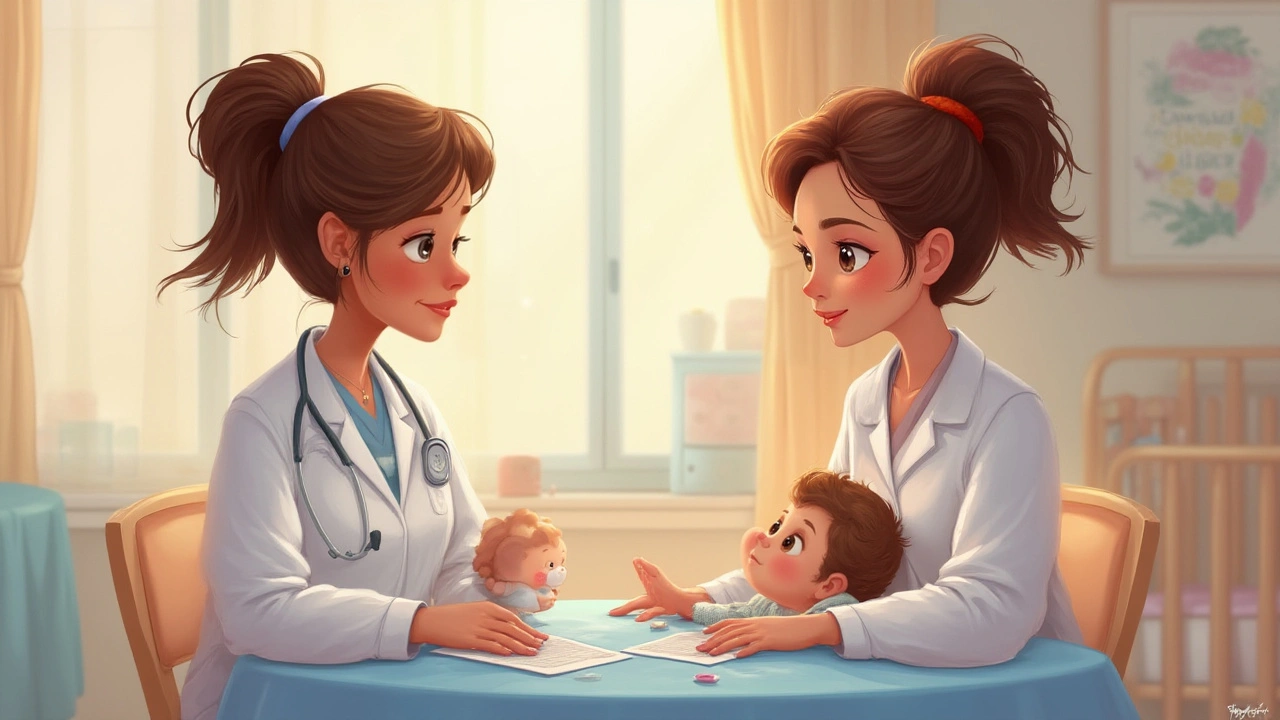Infant Skin Fungal Infections: What Every Parent Should Know
Seeing red, itchy patches on your baby’s skin can be scary, especially when you’re not sure what’s causing it. One common culprit is a fungal infection. These infections thrive in warm, moist areas—think diaper zone, skin folds, or any spot that stays damp after a bath.
Fungal bugs aren’t dangerous for most babies, but they can make your little one uncomfortable and lead to secondary infections if left unchecked. Below we break down the typical signs, how to treat them safely at home, and when it’s time to call the pediatrician.
How to Spot a Fungal Infection on Your Baby
Fungal infections usually show up as a round, red patch with clear edges. The center may look lighter or have a slightly raised border. Common names include diaper rash fungus, candida diaper dermatitis, and tinea corporis when it spreads beyond the diaper area.
Key clues are:
- Itching or fussiness, especially after a diaper change.
- Skin that looks moist or weepy, not just dry.
- Spread to skin folds, groin, or the neck.
If you notice tiny white spots inside the rash or a “satellite” pattern—smaller bumps around a larger one—that’s a classic sign of candida.
Safe Home Treatments That Work
First, keep the area clean and dry. Change diapers frequently, and give your baby a break from diapers whenever possible. After cleaning, gently pat the skin dry—don’t rub.
Apply a thin layer of an over‑the‑counter antifungal cream that’s safe for infants, such as clotrimazole 1% or miconazole 2%. Use it twice a day for about a week after the rash disappears to make sure the fungus is gone.
For milder cases, a warm water soak for 10 minutes followed by a diaper‑free period can help. Adding a little baking soda to the water (one teaspoon per gallon) may reduce irritation.
If the rash is severe, spreads quickly, or your baby has a fever, it’s time to see a doctor. Prescription‑strength creams or oral medication may be needed, especially for extensive candida infections.
Prevent future outbreaks by:
- Choosing breathable, absorbent diapers.
- Using a barrier ointment like zinc oxide to protect skin.
- Avoiding scented wipes or lotions that can irritate.
- Ensuring your baby’s clothing is loose and made of natural fibers.
Remember, a fungal infection isn’t a sign of poor hygiene—it just loves the right environment. With quick action and proper care, you can get your baby comfortable again in no time.
Wondering about using clotrimazole for your baby? Get detailed insights on safety, dosing, absorption, and irritants—straight from pediatrician experience.

